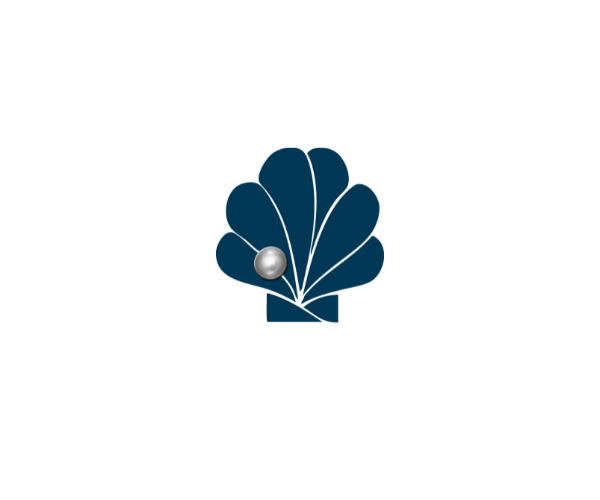Last Updated on November 21, 2021 by Indiana University Kokomo
KOKOMO, Ind. – Uncertainty in the workforce, coupled with a need to draw people back to work, is leading to slow growth in employment in Howard County.
Additional pictures here
Alan Krabbenhoft, director of Indiana University Kokomo’s KEY Center for Innovation, said these factors mean the Kokomo and Howard County area are predicted to have the lowest growth rate in employment of all the metropolitan statistical areas in the state.
He shared his forecast for the area during the annual Kelley School of Business Economic Outlook panel presentation Wednesday (November 17), hosted by the School of Business.
“Since the start of 2021, the unemployment rate has steadily declined in the U.S. and in the state of Indiana,” Krabbenhoft said. “However, Howard County has not had the same experience.”
Krabbenhoft attributes Howard County’s increased unemployment rate, 6 to 9.3 percent in 2021, to the heavy dependency on automobile manufacturing. In addition, supply chain issues, especially in computer chip manufacturing, contribute to the increase. IU Kokomo’s 14-county region rarely saw rates above 5 percent.
“One of the best options for our region’s economy is to continue to press efforts for our non-agricultural base to further push for diversification,” he said, adding he’s not suggesting abandoning manufacturing, but committing to manufacturing beyond the automotive industry and expanding the service economy.
A critical component of the region’s future is drawing people back into the workforce. To make that happen, a larger portion of children — especially those age 5 to 11 — need to receive COVID-19 vaccinations, because they aren’t old enough to stay home alone to recover from illness or to quarantine without parental supervision. More employees also need to be vaccinated to reduce the chance of outbreaks, and wages will need to rise to make childcare more affordable for working parents, lessening it as a reason to stay out of the workforce.
The panel also included Kelley School of Business faculty Kyle Anderson, clinical assistant professor of business economics; Andrew Butters, associate professor; and Mark Frolich, associate professor of operations management. Dean Chittibabu Govindarajulu served as moderator. About 90 government officials, business professionals, and students from the Kokomo CEO program attended.
Overall, in the United States, the panel expects long-term damage from the COVID-19 pandemic, with slow recovery from the decline in the size of labor force, and some of the decrease remaining permanent, implying lower employment rates relative to the pre-pandemic trend.
Other forecast highlights included:
- Economists expect substantial progress clearing snafus in the global supply chain during 2022;
- Employment is still nearly 5 million below its pre-pandemic peak, and is unlikely to regain that level until near the end of 2022;
- Indiana’s employment is forecast to grow a modest 2.2 percent in 2022;
- Labor shortages and transportation logjams will continue to aggravate the state’s supply shortages, constraining growth;
- Lower labor force participation — 60,000 Hoosiers disappeared from the labor market — together with relatively low population growth in Indiana, will hamper overall economic growth;
- Inflation and relative price adjustments will complicate household budget/spending priorities across housing, energy, food, and other necessities;
- Financial markets look to 2022 focusing on whether inflation is transitory or more permanent. Markets are now pricing in a more than 50 percent chance of a rate hike by mid-2022, a figure that continues to climb;
- Global output is expected to expand at 4.9 percent in 2022;
- Advanced economies are expected to regain their pre-pandemic level in 2022 and grow at 4.5 percent, while emerging and developing economies will continue to fall short, due to inequality in vaccine access and ability to provide stimulus to support the recovery.
Platinum sponsors were Community First Bank of Indiana, the City of Kokomo, and Smith Financial. Kokomo Grain Co. was a gold sponsor.
SOURCE: News release from Indiana University Kokomo
Education is KEY at Indiana University Kokomo.





